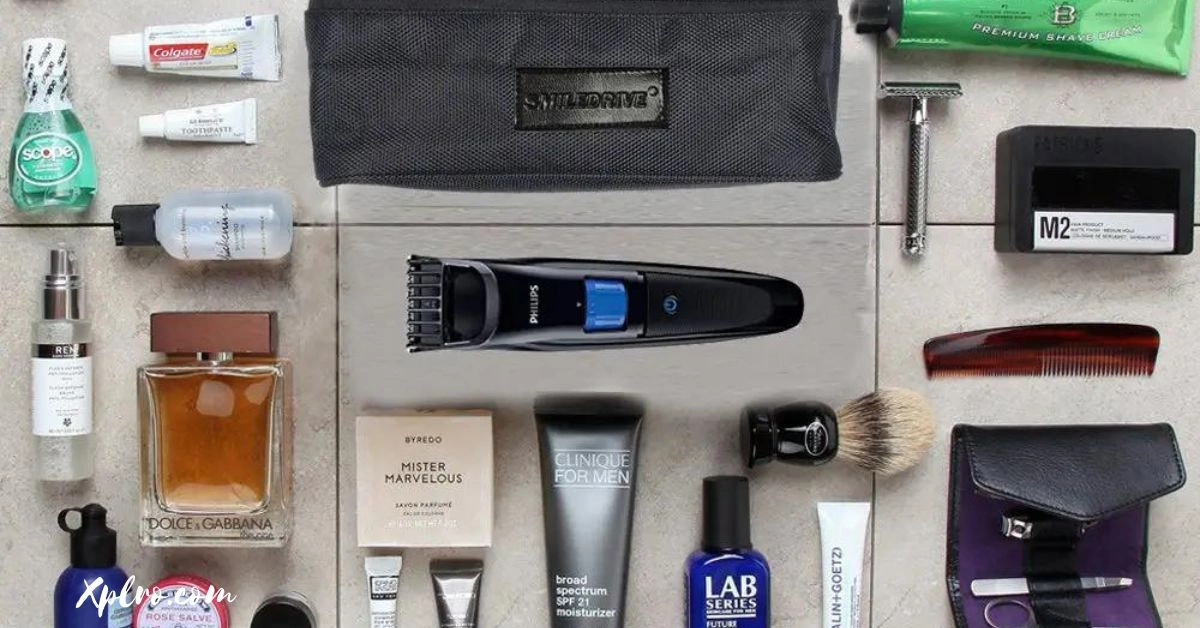Essential gear for traveling India is an amazing, filled with different landscapes, cultures, and traditions. From busy cities to peaceful beaches, high mountains, and quiet temples, India has so much to explore. But because India is so big and has different climates, it’s important to pack carefully. Whether you’re going to the Himalayas, the deserts of Rajasthan, or the tropical beaches of Goa, having the right things with you can make a big difference.
1. Lightweight Clothing
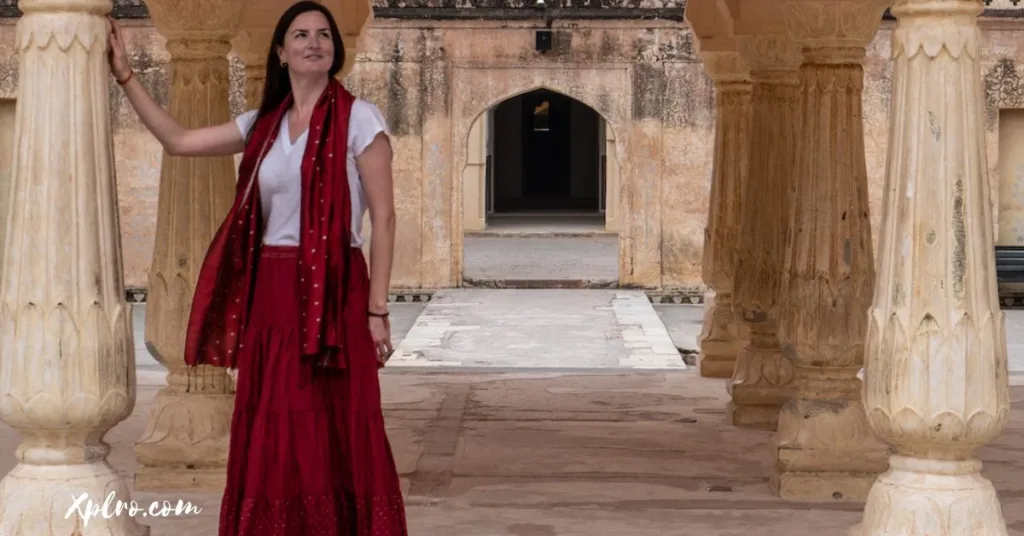
India’s weather changes a lot from place to place, but in many parts of the country, especially in the flat areas and near the coast, it can get very hot and humid. Wearing light, airy clothes made from natural materials like cotton or linen is important to stay cool and comfortable. These materials are perfect for India’s warm weather because they let air move around, keeping your body temperature steady. In colder areas, like the foothills of the Himalayas, you might need to wear more layers, but even then, breathable layers are best.
2. Comfortable Footwear
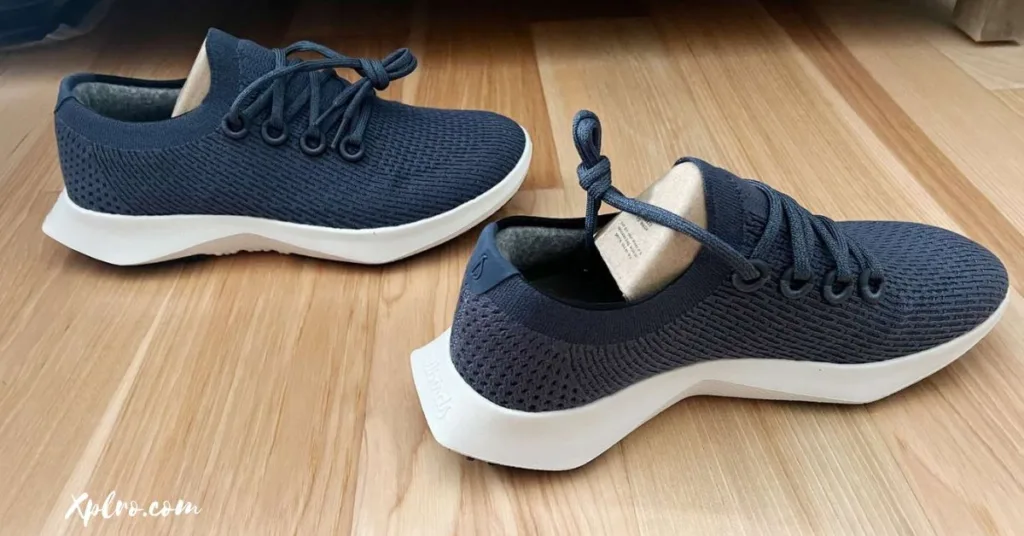
When exploring India, you’ll often find yourself walking a lot—whether you’re navigating the busy streets of Delhi, hiking through the Himalayan mountains, or exploring ancient monuments. Having comfortable and durable shoes is very important. If your travel plans include outdoor activities like hiking or nature walks, investing in good-quality trekking shoes with ankle support can help prevent injuries.
3. Reusable Water Bottle
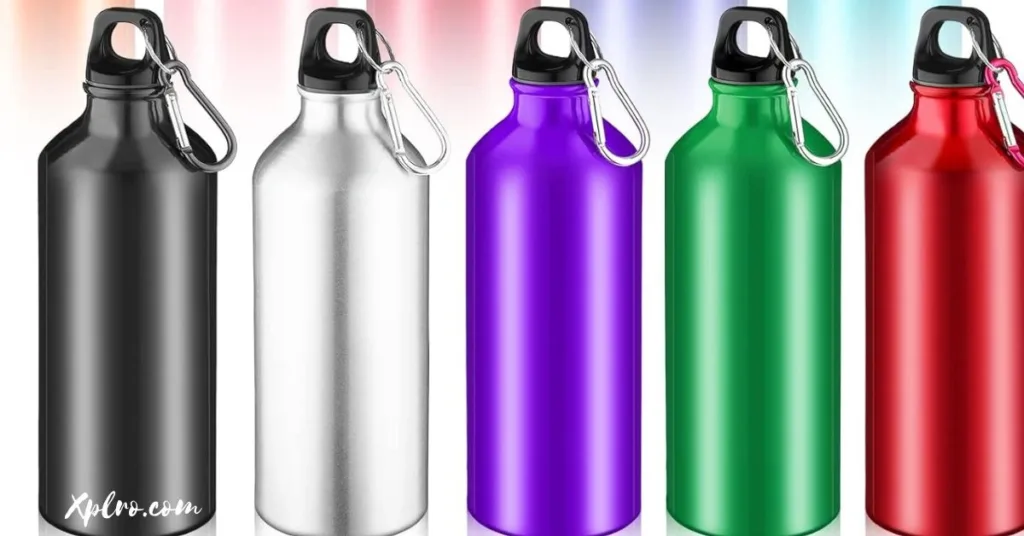
Staying hydrated is very important when traveling in India, especially because of the hot weather in many parts of the country. Tap water in India is generally not safe to drink, so you should stick to bottled water or carry a reusable water bottle with a built-in filter. Investing in a strong, BPA-free bottle with a filtration system will ensure you always have clean water while reducing your reliance on single-use plastic bottles, which are a major environmental problem in India. In cities and rural areas alike, carrying your own filtered water can be a lifesaver.
4. Travel Adapter and Power Bank
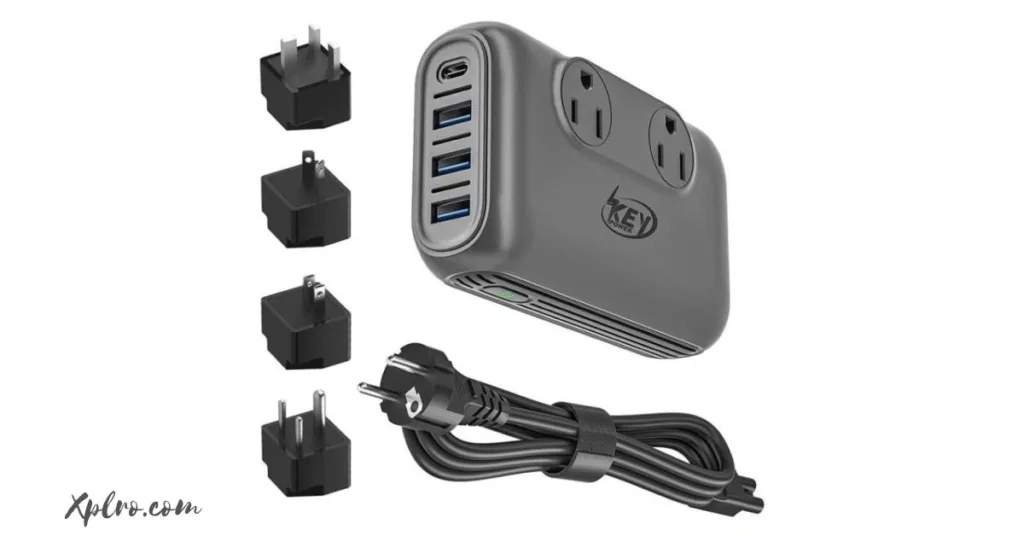
India uses a 230V power supply with plug types C, D, and M, which might be different from the outlets used in your home country. A universal travel adapter is necessary to make sure you can charge your devices like smartphones, cameras, and laptops during your trip.
5. Sunscreen and Sunglasses
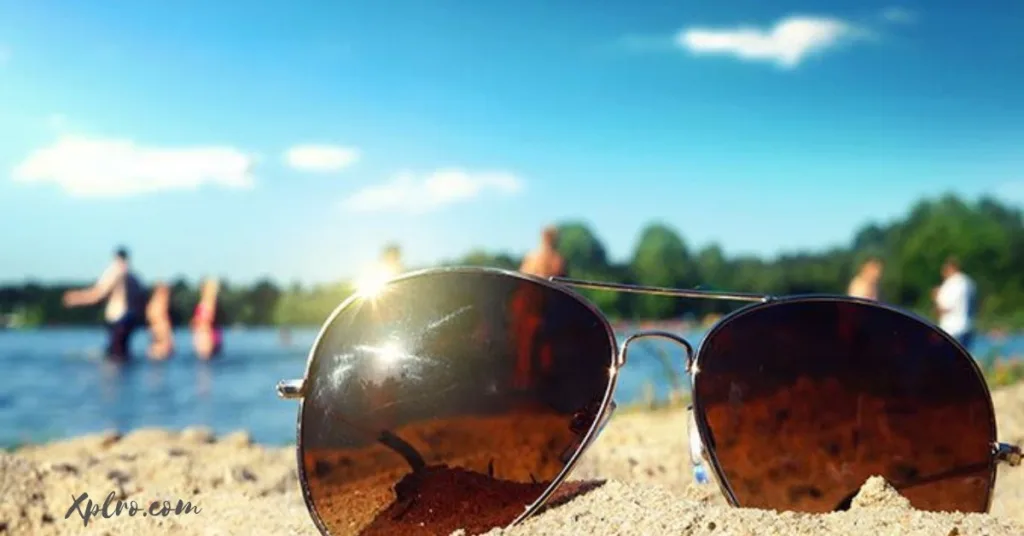
India’s sun can be very strong, especially in the flat areas, deserts, and coastal regions. Packing a high-SPF sunscreen is essential to protect your skin from harmful UV rays, especially when spending a lot of time outside. Choose a sunscreen that is water-resistant, especially if you plan to visit beaches or do outdoor activities like trekking.
6. Insect Repellent

Insects, particularly mosquitoes, can be a problem in many parts of India, especially during the monsoon season or when visiting tropical regions. Packing a strong insect repellent is essential to prevent mosquito bites, which can carry diseases like dengue fever, chikungunya, or, in some areas, malaria. Look for repellents containing DEET, picaridin, or natural alternatives like citronella, which are effective in repelling mosquitoes.
7. Personal Hygiene Kit
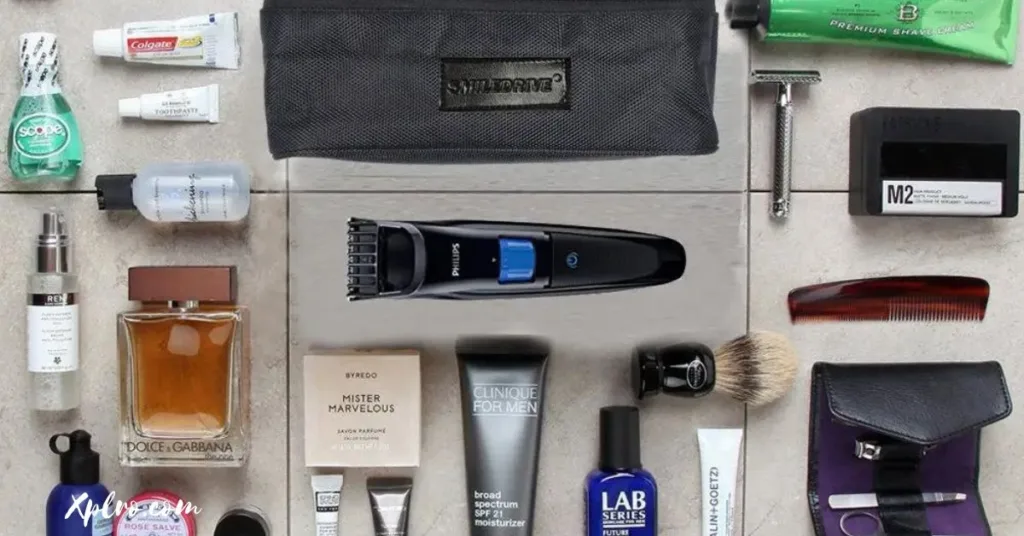
Carrying a personal hygiene kit is very important when traveling in India, where public restrooms may not always meet Western standards. Your kit should include hand sanitizer, as soap is not always available, and wet wipes for freshening up during long journeys. Toilet paper or tissues are also important to carry, as many public toilets in India do not provide them.
8. First Aid Kit
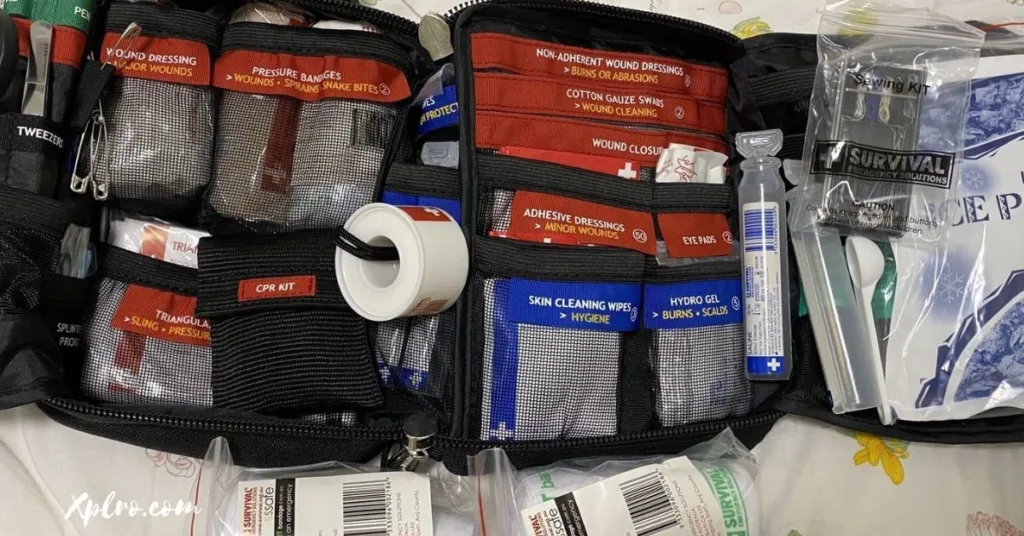
A first aid kit is one of the most important things you should pack when traveling in India. While you can find pharmacies in most towns and cities, having a basic kit with you will ensure you’re prepared for any minor injuries or health problems. Include items like adhesive bandages, antiseptic cream, pain relievers, motion sickness tablets (especially for long car or train rides), and any prescription medications you may need.
9. Scarf or Shawl

A scarf or shawl is an essential item when traveling in India due to its versatility. Whether you’re visiting religious sites that require modest dress or seeking protection from the sun, dust, or a sudden chill, a scarf or shawl comes in handy. In India’s temples and mosques, both men and women are often expected to cover their heads and shoulders, so a lightweight scarf can serve this purpose. During train or bus journeys, it can double as a light blanket.
10. Copies of Important Documents
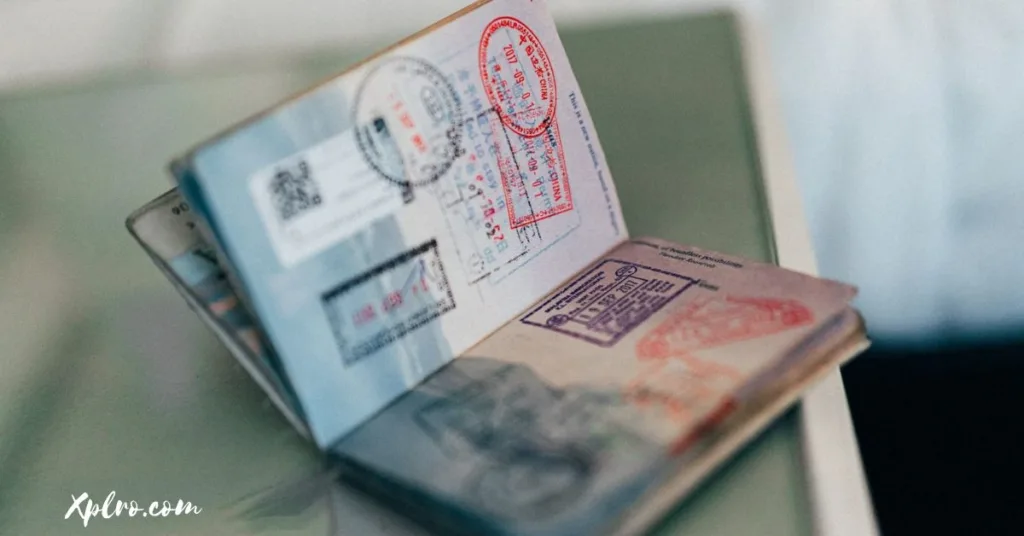
Traveling in India requires a bit of extra attention when it comes to documentation. In many situations, you will need to show identification, whether it’s checking into hotels, booking trains, or visiting certain tourist attractions. Carrying photocopies of your passport, visa, and any other important travel documents ensures that you have backup in case of loss or theft. It’s also a good idea to keep digital copies stored securely on your phone or in the cloud for easy access.
11. Padlock and Cable Lock
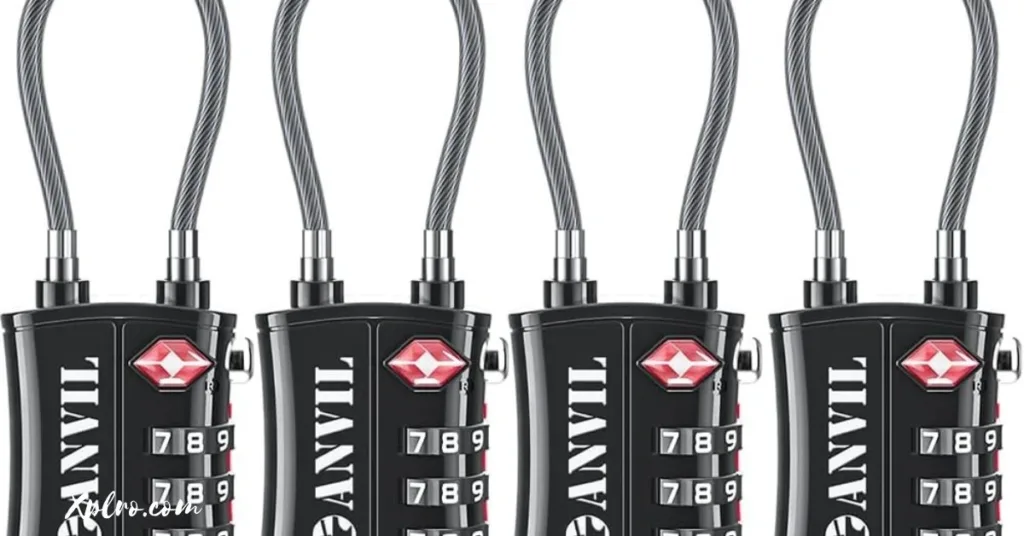
Security should always be a priority when traveling, especially in crowded places or on public transportation. A small padlock is useful for securing your luggage, particularly if you’re staying in hostels or budget accommodations where you may not have access to private lockers. A cable lock is ideal for securing your bag to fixed objects during long train journeys, which are common in India. Indian trains have specific hooks or rails near the seats that can be used for securing your luggage. Additionally, in busy cities or markets where pickpocketing can occur, securing your bag with a lock gives you extra peace of mind while exploring.
12. Travel Insurance
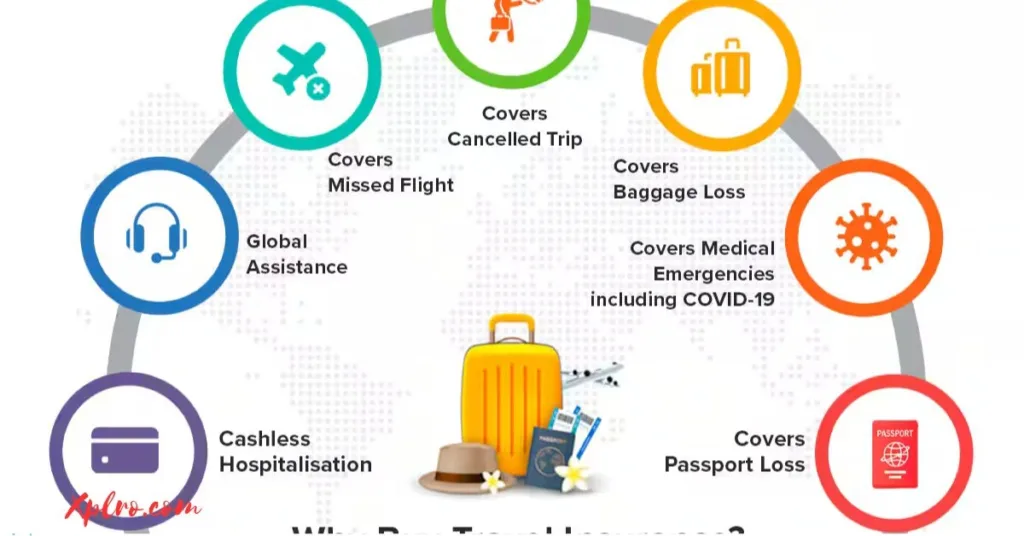
While it’s not something you physically pack, travel insurance is absolutely essential for traveling in India. The unexpected can happen, whether it’s a minor health issue, lost luggage, or a sudden change in travel plans. Comprehensive travel insurance ensures you are covered for medical emergencies, trip cancellations, and even theft. India’s healthcare system is vast, and while there are excellent private hospitals in major cities, having insurance means you won’t face unexpected expenses in case of illness or injury.
FAQs for essential gear for traveling India
1. What type of clothing should I pack for traveling in India?
- When selecting clothing for India, pack according to the region and climate. India’s weather can be hot and humid, so lightweight, breathable clothes are a must. For religious sites, it’s respectful to dress modestly, covering shoulders and knees. In cooler areas like the mountains, pack layers and a jacket.
2. Do I need a universal power adapter for India?
- Yes, a universal power adapter is part of the essential gear for traveling India. The country uses Type C, D, and M power plugs, so having a good adapter ensures you can charge your devices anywhere. A power bank is also a useful backup.
3. How do I ensure my safety when traveling in India?
- Carrying items like a money belt or anti-theft backpack helps protect valuables. Include a personal safety alarm or whistle in your essential gear for traveling Inida to enhance personal safety, especially when visiting crowded or unfamiliar areas.
4. Is travel insurance necessary for India?
- Absolutely. Travel insurance should be included in your essential gear for traveling India. It provides coverage for medical emergencies, trip cancellations, lost luggage, and other unforeseen events. This ensures peace of mind while exploring the country.
5. What kind of footwear is best for traveling in India?
- Comfortable, breathable shoes should be high on your list of essential gear for traveling India. Lightweight hiking shoes or sandals are perfect for daily wear, and if you’re trekking or traveling during the monsoon, waterproof shoes are a must.
6. Should I carry a reusable water bottle while traveling in India?
- Yes, bringing a reusable water bottle is part of your essential gear for traveling India. Opt for one with a built-in filter to ensure safe drinking water. This will keep you hydrated and reduce your reliance on single-use plastic bottles.
7. How can I keep my gadgets safe while traveling in India?
- Securing your electronics is crucial. Pack an anti-theft backpack with padded compartments to protect your gadgets. A portable charger is another piece of essential gear for traveling India, as it ensures your devices stay powered up during long days of exploring.
8. What first aid items should I pack for traveling in India?
- Your essential gear for traveling India should include a basic first aid kit. Include band-aids, antiseptic, pain relievers, stomach remedies, and insect repellent. These essentials will come in handy for minor ailments and ensure you’re prepared for anything.
9. Is street food safe to eat in India?
- Street food is a vibrant part of India’s culture, but it’s important to be cautious. As part of your essential gear for traveling India, pack digestive aids and avoid raw or uncooked items. Opt for busy stalls where food is freshly cooked to minimize the risk of illness.
10. Do I need trekking gear if I plan to visit mountainous regions?
- Yes, if you’re heading to places like the Himalayas or nature trails, trekking gear becomes part of your essential gear for traveling. Include sturdy boots, warm clothing, a rain jacket, and a durable daypack to ensure comfort and safety during your hikes.
11. Should I pack snacks when traveling in India?
- Snacks are an important part of your essential gear for traveling India. High-energy snacks like nuts or protein bars can keep you going, especially during long trips, train rides, or hikes, where access to food might be limited.
12. What important documents should I carry while traveling in India?
- Your essential gear for traveling India should include copies of your passport, visa, and travel insurance. Keep digital backups on your phone or cloud storage. A local SIM card and travel apps also make navigating India easier and more convenient.




